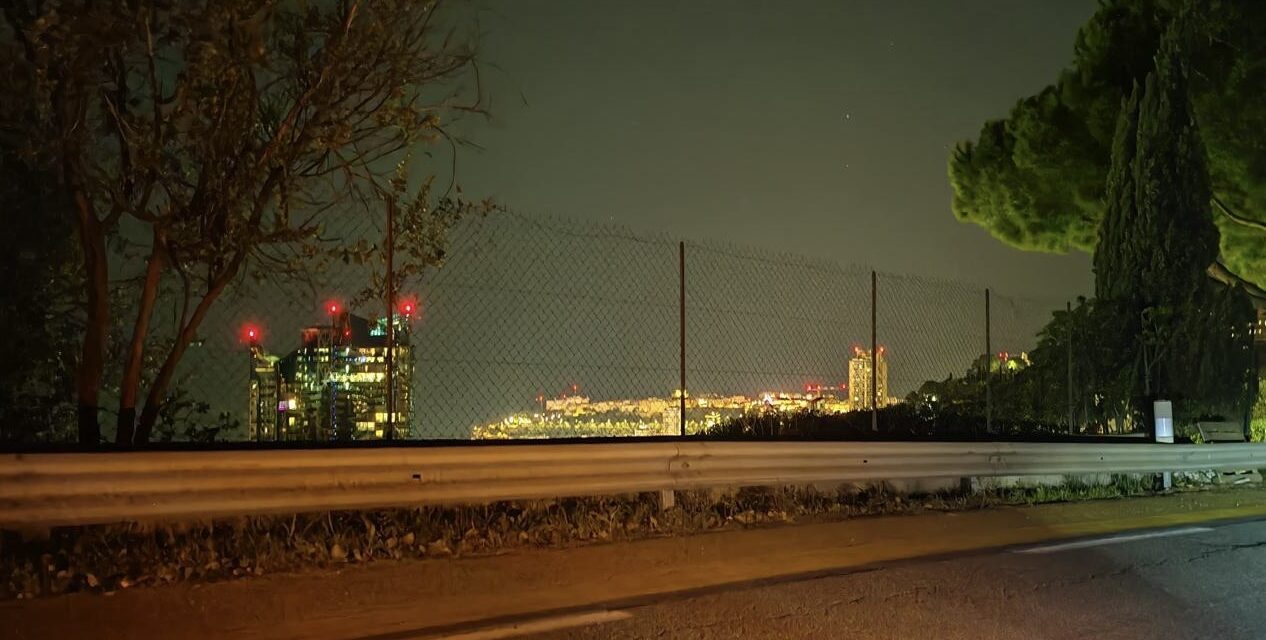A series of earthquakes jolted Monaco and the surrounding Alpes-Maritimes region one the evening of Tuesday, March 18, leaving residents shaken but unharmed. The tremors, centred near Nice, struck on March 18, with the first, a 4.1-magnitude quake, hitting at 18:45, followed by a 3.8-magnitude aftershock at 22:25. Both originated at a shallow depth of 17 kilometres, between the communes of Coaraze and Contes.
The seismic activity rippled across the department and into the Var region, startling locals who described the sensation as akin to a rumbling train or furniture crashing upstairs. Emergency lines buzzed with calls, but officials reported no injuries or damage. The Prefecture of the Alpes-Maritimes quickly reassured the public, ruling out any tsunami threat.
Monaco, nestled in a seismically active pocket, felt the tremors keenly. Yet the Principality’s rigorous building codes—first enacted in 1966 and bolstered by a 2016 decree—proved their worth. These standards, refined through “microzoning” to account for Monaco’s varied terrain, ensure structures can withstand such events. No cracks or collapses marred the skyline, a testament to decades of preparedness.
For some residents, the quakes sparked memories of life in more tremor-prone regions like California, where securing shelves and stocking emergency kits are routine. Standard advice—duck under sturdy tables, avoid windows, and wait out the shaking—remains relevant, though rarely needed on the Côte d’Azur.
While the Riviera is better known for its glamour than its geology, last night’s events highlighted the active forces beneath its surface. Monaco’s proactive measures, from resilient architecture to public education, continue to safeguard its charm, letting residents rest easy even as the earth briefly rumbles.
Image: red lights illuminated the Principality’s skyline as buildings braced


